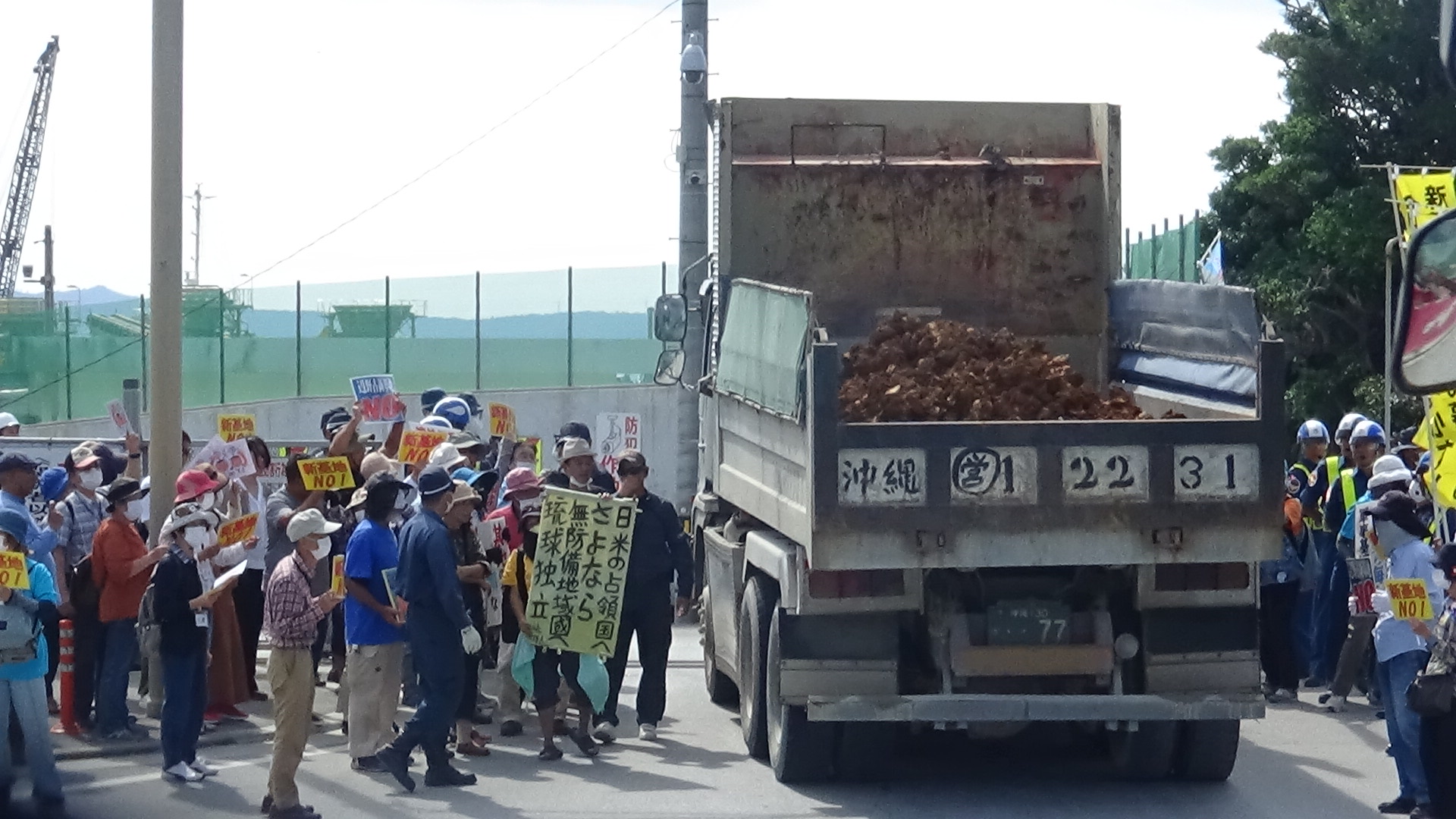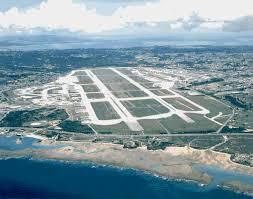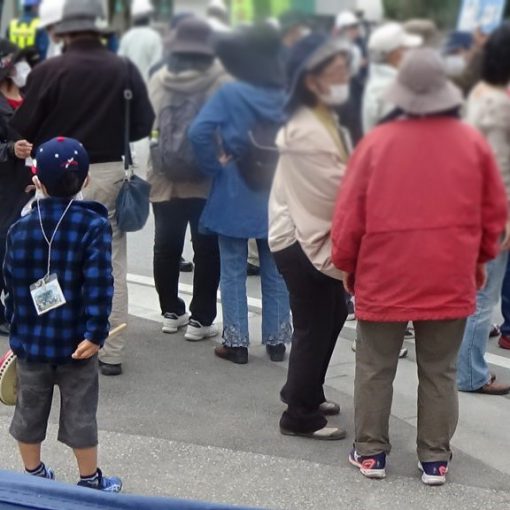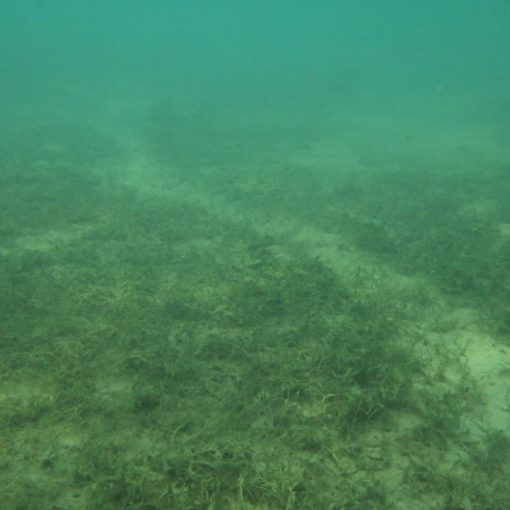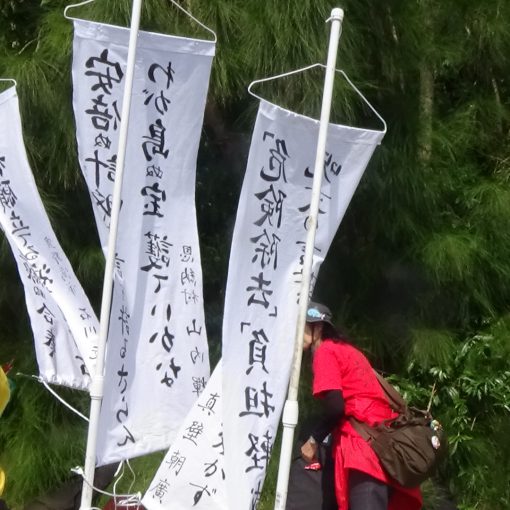The tyranny of the U.S. military looking down on Okinawa has never stopped. On Oct 29, U.S. forces enforced parachute drop training at Kadena Air Base against the SACO (the Japan-U.S. Special Action Committee on Facilities and Areas in Okinawa) agreement. The drill was the fourth one at Kadena this year. U.S. forces also carried out a parachut training on Iejima island on the same day. The SACO agreement allows U.S forces to conduct parachute drop training at the Iejima and to “use Kadena Air Base only in exceptional cases.” Although the Okinawa prefectural government had asked U.S. forces to stop the parachute drops at Kadena, they rejected the request and conducted the training at the both sites on the same day. In addition, a few U.S. Marines participating in the training landed in an undesignated privately-owned field on Iejima on two consecutive days, which enraged the villagers. The Defense Minister Taro Kono severly criticized the parachute drop training at Kadena base. “It is a very regrettable development that could affect the Japan-U.S. alliance,” he said.

(In Front of the Gate)
Twenty-five Uchinaanchu living in Hawaii visited the tents at the Camp Schwab Gate to encourage the sit-in protesters. Eric Wada, who had frequently visited Henoko, made a speech in fluent Uchinaaguchi. “In Hawaii, a huge protest movement is going on to demand the immediate halt to the construction of the gigantic telescope on the top of the Mauna Kea mountain, a sacred place for the indigenous people in Hawaii. On the next day after 36 people were arrested, 500 people supporters showed up from all over the U.S.,” he reported. Eric played sanshin to entertain the participants in the sit-in. A Japanese musician living in India, also visited the tent to show his solidarity. Three convoys with the total 188 trucks transported the construction materials during the day.


(In Front of the Ryukyu Cement’s Pier at Awa)
The operation began at 7:30 a.m.. Earth and sand, which had already been stocked inside of the pier and the one which just arrived by being brought in from the quarry, were continuously carried to a cargo ship by using conveyor belts. Protesters raised their voices at the two gates, the entrance and the exit. At the exit gate, 41 members of a choir group from Kyoto Prefecture walked in protest singing songs. The riot police could not deal with so many protestors that they closed down the road in order not to let the protestors step in front of the trucks.
There is a sidewalk at the exit. There, the commander of the riot police could not find any answer when he was asked about the legality of closing the public sidewalk. At the entrance, twenty people stayed there for protest all day. Six hundred forty-one truck-load of earh and sand were loaded on the ships. Three cargo ships departed for Henoko.


(In Front of the Pier at Shiokawa, Motobu)
Around 7:30 a.m., 10 people or so had stopped the dump tracks bringing in earth and sand for almost one hour. However, they were immediately removed by the riot police who arrived from Awa to assist the transport. Although the protestors tried to keep protesting, there was nothing that they could do against the overwhelming power of security guard and the riot police. In the afternoon one male protestor was arrested for “assault” after his elbow touched a security guard while arguing eath other. Their frustration that the construction work was halted for one week” could cause retaliation.

(Others)
A devastating fire in the early morning of Oct 31, destroyed most of Shuri Castle, the symbol of the history of Ryukyu and a UNESCO’s World Heritage site. According to the Okinawa prefectural police department, the fire was first reported around 2:40 a.m.. Although dozens of fire engines fought the fire, they could not put out a blaze. The castle buildings were burnt down around 6:30 a.m.. Officials have not yet determined the cause of the fire. For 450 years Shuri Castle had been the center of politics and culture for the Ryukyu Kingdom from 1429 to 1879. It was destroyed during the Battle of Okinawa in World War II, but restored and opened to the public in 1992.
A lot of Uchinaanchu showed up near the site from early morning. A woman, who had been staring at the burning castle, said with quivering voice, “For us, Shuri Castle is sacred. I cannot hold my tears. I’m speechless.”


